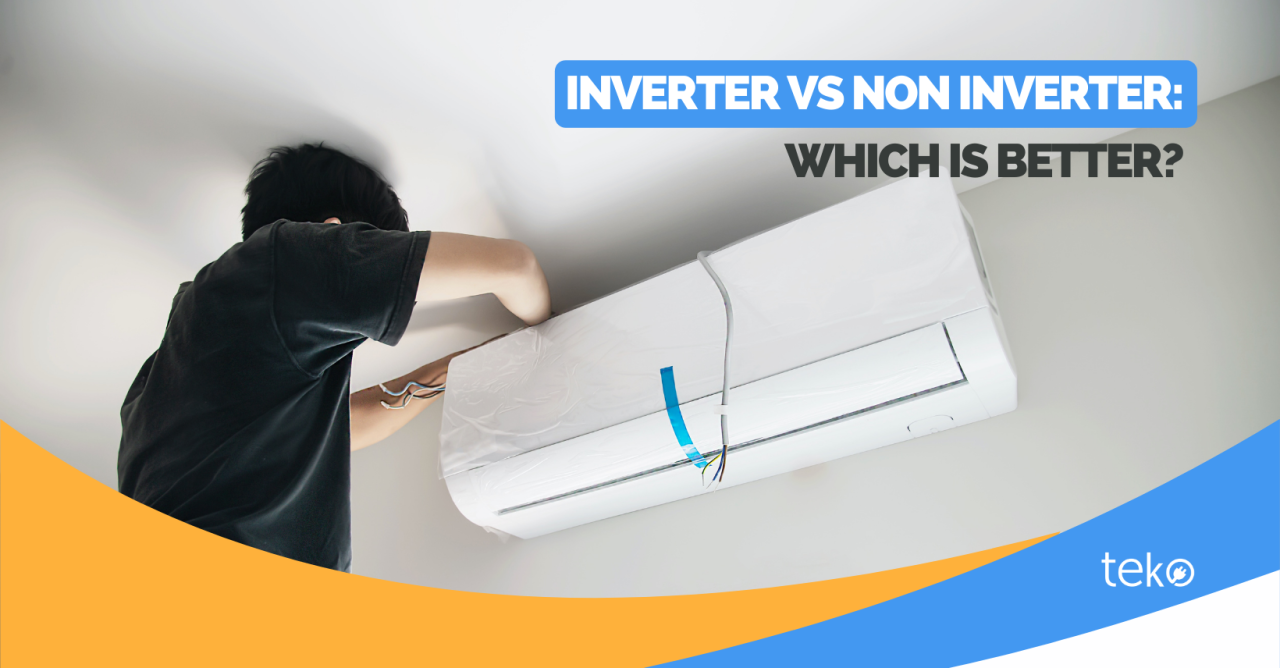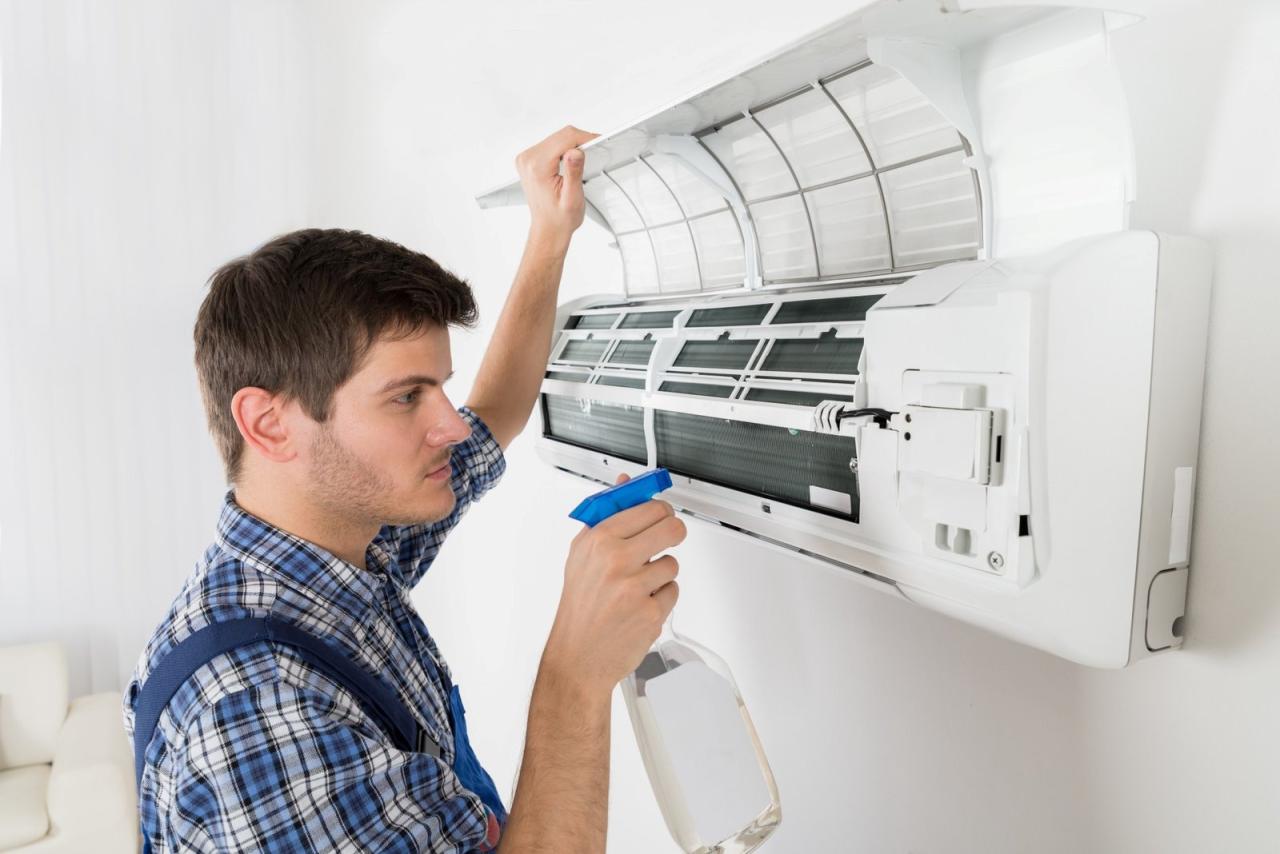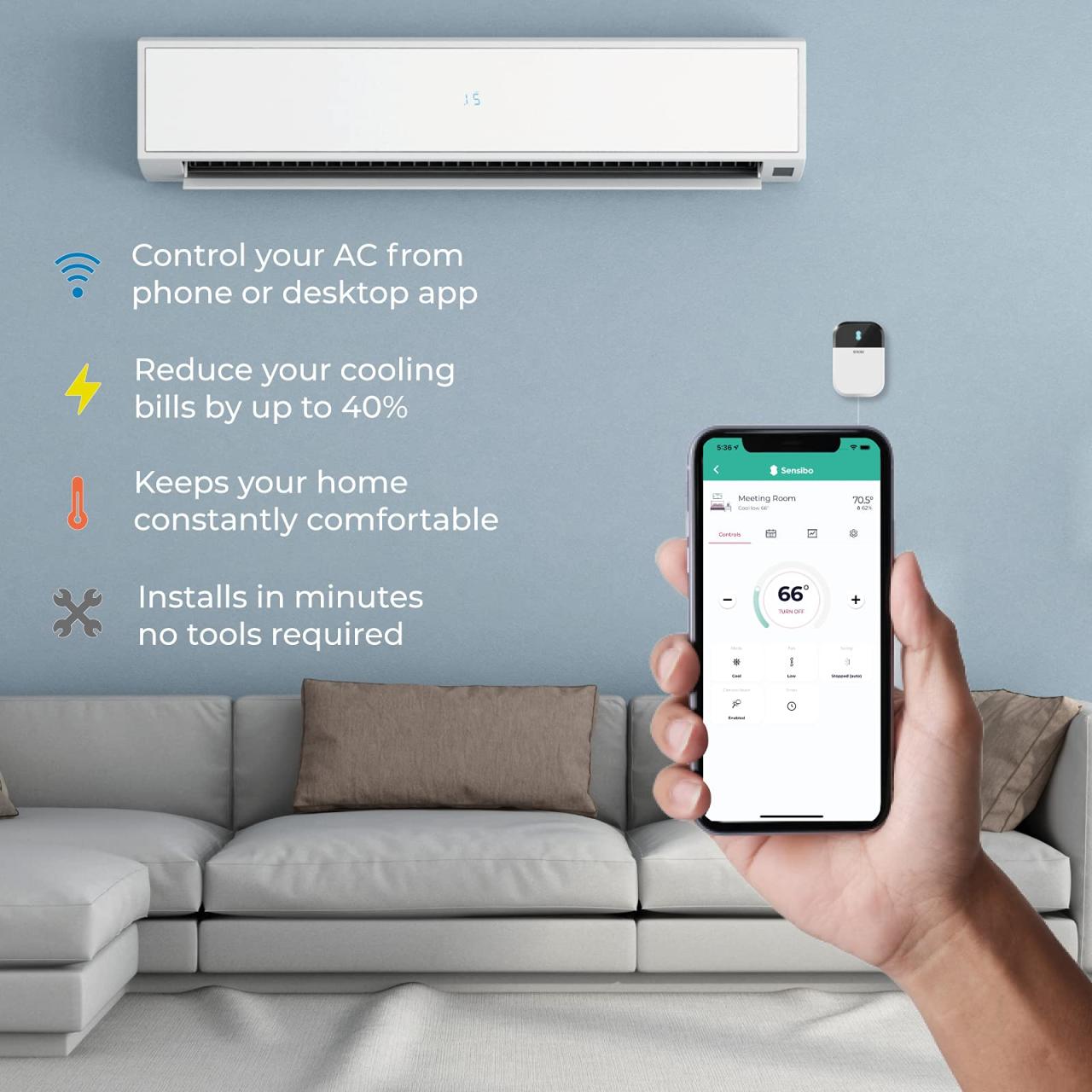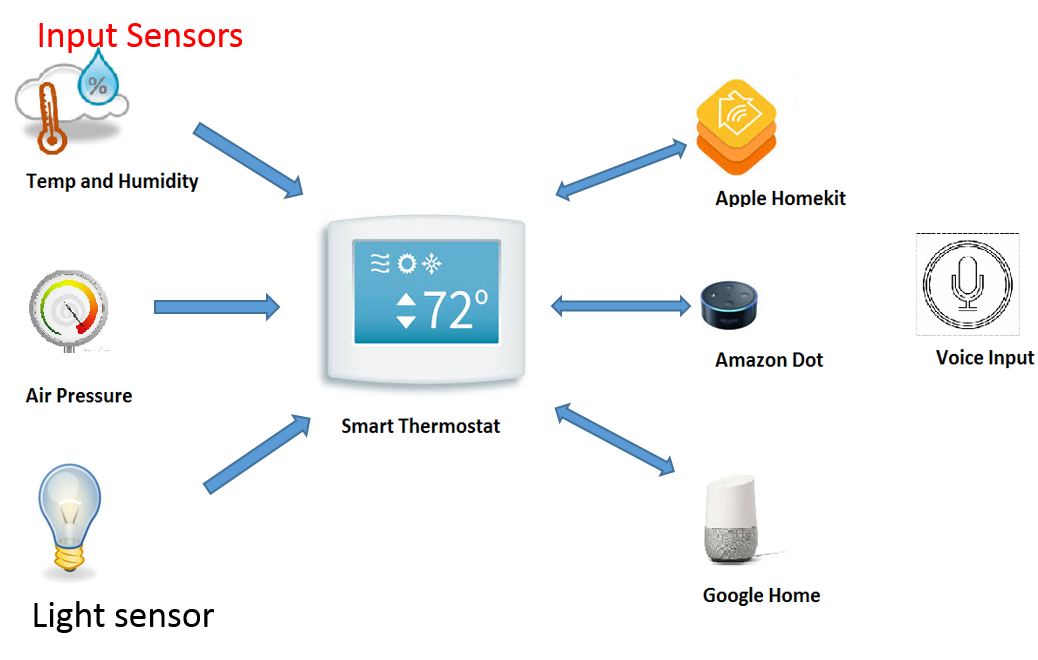Health and Wellness Interior Design for Seniors: Enhancing Living Spaces for Well-being
Health and Wellness Interior Design for Seniors sets the stage for this enthralling narrative, offering readers a glimpse into a story that is rich in detail and brimming with originality from the outset. From the importance of creating spaces that cater to seniors' well-being to the integration of technology for a modern touch, this topic explores a world where design meets functionality for the elderly population.
Importance of Health and Wellness Interior Design for Seniors
Designing spaces tailored to the health and wellness needs of seniors is of utmost importance in ensuring their overall well-being and quality of life. The environment in which seniors live can significantly impact their physical health, mental well-being, and overall happiness.
Incorporating Natural Light and Ventilation
One key element in interior design for seniors is the incorporation of natural light and proper ventilation. Natural light has been proven to boost mood, regulate sleep patterns, and improve overall health. Adequate ventilation helps in maintaining air quality, reducing the risk of respiratory issues, and promoting a sense of freshness in the living space.
Creating Safe and Accessible Spaces
Another crucial aspect is designing safe and accessible spaces for seniors. This includes features such as grab bars in bathrooms, non-slip flooring, wide doorways for wheelchair access, and well-lit pathways to prevent falls and accidents. These modifications not only enhance safety but also provide seniors with a sense of independence and confidence in their living environment.
Incorporating Comfort and Ergonomics
Comfort and ergonomics play a vital role in promoting the health and wellness of seniors. Designing furniture and spaces that are comfortable, supportive, and easy to use can help alleviate physical strain, reduce discomfort, and enhance mobility. This can contribute to better posture, circulation, and overall physical well-being for seniors.
Considerations for Senior-Friendly Interior Design
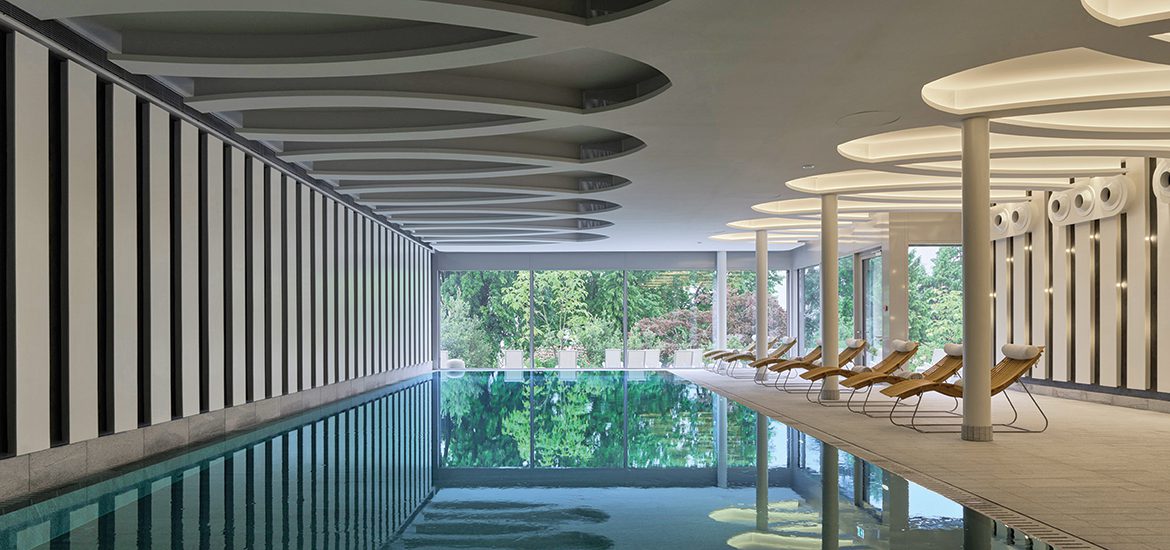
When designing spaces for seniors, it is crucial to take into account their unique needs and challenges. Incorporating elements that enhance accessibility, safety features, and selecting appropriate materials and textures are essential considerations for creating a senior-friendly environment.
Design Elements for Enhanced Accessibility
- Wider doorways and hallways to accommodate mobility aids such as wheelchairs and walkers.
- Non-slip flooring to prevent accidents and provide stability for seniors with mobility issues.
- Adjustable countertops and cabinets for easy reach and use without straining.
- Good lighting throughout the space to improve visibility and reduce the risk of falls.
Importance of Safety Features
- Installation of grab bars in bathrooms and near stairs to provide support and prevent falls.
- Anti-scald devices in showers and sinks to regulate water temperature and prevent burns.
- Rounded edges on furniture and countertops to minimize the risk of injury in case of accidental bumps or falls.
- Smoke detectors and emergency alert systems for quick response in case of emergencies.
Materials and Textures Selection
- Choosing slip-resistant flooring materials such as vinyl, rubber, or textured tiles for added safety.
- Opting for low-maintenance surfaces like quartz countertops and laminate flooring to reduce the need for frequent upkeep.
- Using contrasting colors for better visibility and differentiation of surfaces, especially for those with visual impairments.
- Selecting soft and comfortable fabrics for upholstery and bedding to promote comfort and relaxation.
Creating Functional Spaces for Seniors
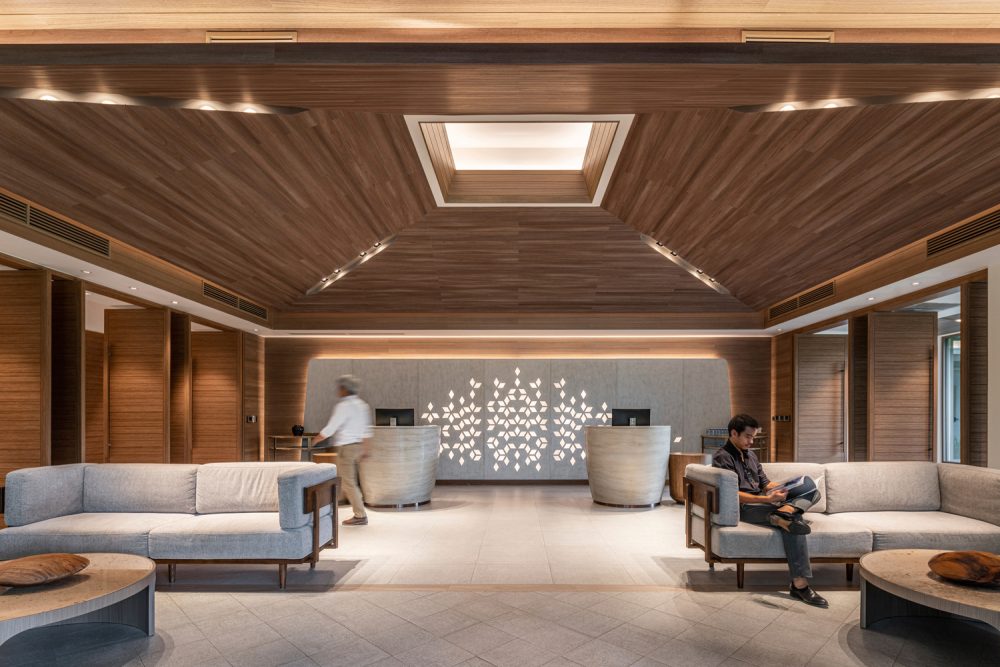
Designing functional spaces for seniors is crucial to ensure their safety, comfort, and independence within their living environment. By optimizing the layout, lighting, and acoustics, we can enhance the overall quality of life for seniors.
Organization of Spaces
When organizing spaces for seniors, it is important to consider their mobility limitations. Ensure that pathways are clear and unobstructed to allow easy movement. Arrange furniture in a way that promotes accessibility and eliminates tripping hazards.
Tips for Designing Layouts
- Opt for open floor plans to create spacious and easy-to-navigate environments.
- Place essential items within reach to minimize the need for excessive bending or stretching.
- Consider incorporating grab bars and handrails in key areas like bathrooms and hallways for added support.
Importance of Proper Lighting and Acoustics
Proper lighting is essential for seniors as it helps prevent falls and enhances visibility. Ensure that all areas are well-lit, especially staircases, hallways, and workspaces. Additionally, consider using natural light to create a bright and welcoming atmosphere.
Acoustics play a significant role in creating functional spaces for seniors, especially those with hearing impairments. Choose materials and furnishings that absorb sound to reduce noise levels and improve overall comfort.
Integrating Technology in Health and Wellness Interior Design for Seniors
Incorporating technology into interior design for seniors can greatly enhance their living spaces, providing convenience, safety, and improved quality of life. Smart home devices and systems specifically designed for seniors can promote health and wellness by offering assistance, monitoring capabilities, and connectivity to caregivers.
Smart Home Devices and Systems for Seniors
- Smart Lighting: Adjustable lighting systems that can be controlled remotely or through voice commands help seniors with visibility and sleep patterns.
- Smart Thermostats: Temperature control systems that can adapt to seniors' preferences and schedules, ensuring comfort and energy efficiency.
- Home Security Cameras: Monitoring devices that allow seniors to keep an eye on their surroundings and provide peace of mind for both them and their caregivers.
- Fall Detection Sensors: Wearable or installed sensors that can detect falls and automatically alert emergency services or designated contacts.
- Medication Management Systems: Automated reminders and dispensers to help seniors stay on track with their medication schedules.
Challenges and Benefits of Integrating Technology
- Challenges:
- Complexity: Some seniors may find technology systems difficult to set up and operate, requiring additional support or training.
- Cost: Initial investment in smart devices and systems can be a barrier for seniors on a fixed income.
- Privacy Concerns: Sharing personal data and being constantly monitored can raise privacy issues for some seniors.
- Benefits:
- Independence: Technology can enable seniors to age in place comfortably and safely, reducing the need for constant assistance.
- Health Monitoring: Remote monitoring capabilities can track vital signs, activity levels, and overall health status, allowing for timely interventions.
- Social Connection: Video calling and messaging features can help seniors stay connected with family and friends, combating loneliness and isolation.
Conclusive Thoughts
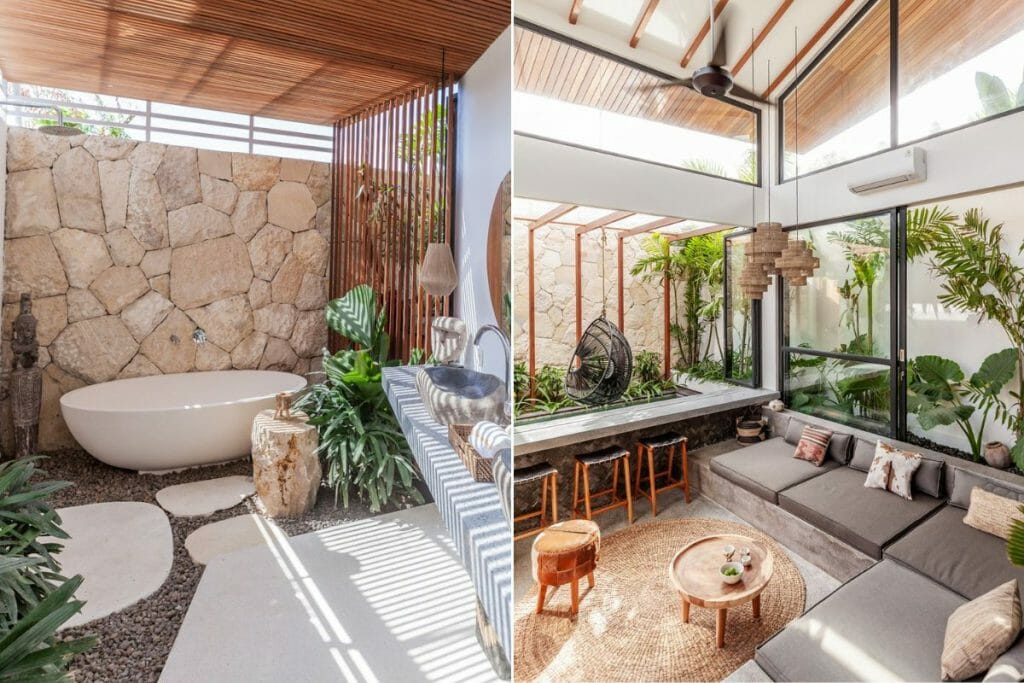
As we conclude this exploration of Health and Wellness Interior Design for Seniors, it becomes evident that thoughtful design choices can significantly impact the lives of our elderly loved ones. With a focus on accessibility, safety, functionality, and the incorporation of technology, designers can truly make a difference in enhancing the quality of life for seniors through their living spaces.
FAQs
How does interior design impact the well-being of seniors?
Interior design can affect seniors' well-being by promoting safety, accessibility, and comfort in their living spaces, ultimately enhancing their quality of life.
What are some key elements in interior design that benefit seniors' health and wellness?
Key elements include proper lighting, non-slip flooring, grab bars, adjustable furniture, and clear navigation pathways that support seniors' mobility and independence.
How can technology be integrated into interior design for seniors?
Technology can be integrated through smart home devices like automated lighting, temperature control, and health monitoring systems to enhance seniors' living environments and safety.
